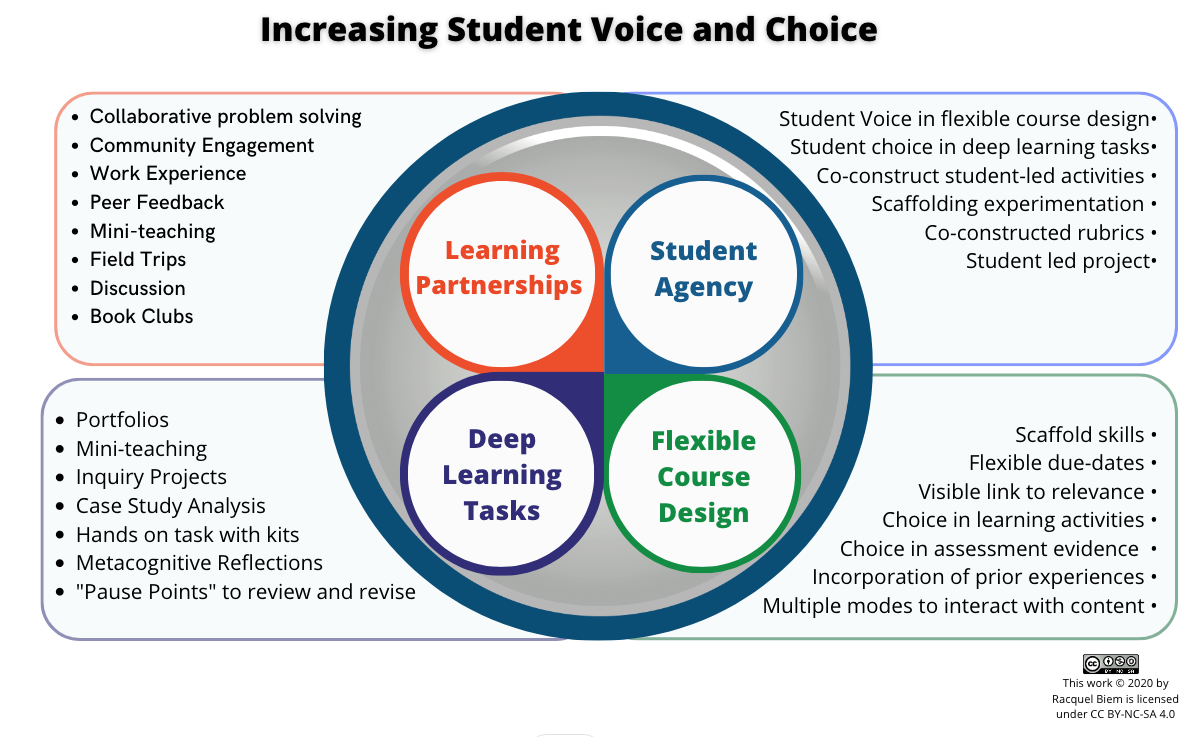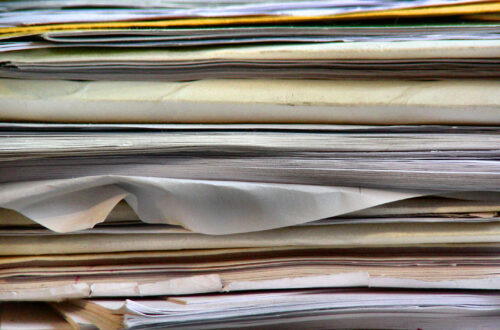SDG 12 Responsible Consumption and Production – Embedding the Sustainable Development Goals in Learning
This blog post is part of a series around the 17 Sustainable Development Goals (SDGs). Each post will dive into one of the goals and how we as educators can strive to embed these into our own courses. It is in the author’s opinion that any course or class can connect with one of the 17 goals or 169 sub-targets. By providing this blog post series, we hope to elicit some ideas of how you might also integrate a global goal into your teaching. Please refer to the USask SDG Teaching & Learning Workbook, review the USask Sustainability in the Curricula website, or scroll down for more information about the SDGs.
![]() SDG 12 aims to promote resource and energy efficiency, sustainable infrastructure and jobs that provide access to basic services, decent work and a better quality of life for everyone. When we consume and produce sustainably, we are trying to do more with less. It involves consumers, producers, policy-makers, researchers and media making informed choices along the course of the supply chain. Reducing our waste, establishing environmental protection policies, supporting the development of sustainable businesses and educating the public are all ways we can help improve our consumption and production. At our current rate of consumption, we will need the resources of two Earths by 2030 to provide for our growing population. Overconsumption happens when our use of resources outpaces the sustainable capacity of our ecosystems. Growth in population, urbanization and wealth over the next decades will increase waste and pollution volumes. Electronic waste management is also a growing problem, locally and internationally, with the rise of consumer electronics and computers. Where does waste go?
SDG 12 aims to promote resource and energy efficiency, sustainable infrastructure and jobs that provide access to basic services, decent work and a better quality of life for everyone. When we consume and produce sustainably, we are trying to do more with less. It involves consumers, producers, policy-makers, researchers and media making informed choices along the course of the supply chain. Reducing our waste, establishing environmental protection policies, supporting the development of sustainable businesses and educating the public are all ways we can help improve our consumption and production. At our current rate of consumption, we will need the resources of two Earths by 2030 to provide for our growing population. Overconsumption happens when our use of resources outpaces the sustainable capacity of our ecosystems. Growth in population, urbanization and wealth over the next decades will increase waste and pollution volumes. Electronic waste management is also a growing problem, locally and internationally, with the rise of consumer electronics and computers. Where does waste go?
You might also be able to align your teaching to this SDG if you want your students to be able to:
- Describe how lifestyle choices influence social, economic and environmental development.
- Evaluate the roles, rights, and duties of different actors in production and consumption.
- Design sustainable strategies and practices regarding consumption and production such as lifecycle assessments.
You might consider having your students reflect, share, act in some of these ways:
- Learn about how stuff gets from raw materials to us in this series called the Story of Stuff.
- Bring simulation activities into the classroom to help students understand the processes of production. One example (more suitable for junior years) is the Chocolate Trade Game . It traces the journey of the cocoa bean from tree to chocolate bar with students acting as farmers, companies, supermarkets, shoppers, and journalists.
- This consumption tracker is designed to calculate the mileage of everything we wear. The template is set to Winnipeg, but the location could be adjusted to anywhere accordingly.
- Embed low-consumption habits such as printing fewer papers, ask students for double-sided work, or find ways to reduce travel for students in your course. Be overt and explain to students why you chose these decisions.
Some curricular connections and questions for students might be:
| Media
What is the role of the media in perpetuating overconsumption? How can we become more aware of, or change, this? |
Oppression and genocide
How has consumption influenced oppression and marginalization? |
| Environment
How can we influence our culture to value environmental sustainability? |
Gender politics
How is consumption a gendered issue? How are products marketed to people of different genders or identities? |
| Poverty, wealth and power
How does wealth and power effect relationships between producers and consumers? |
Social justice and human rights
How are consumption patterns and social justice connected? |
| Indigenous Peoples
What is being done to support remote Indigenous communities to combat inflated prices of consumer goods? |
Health and biotechnology
What is overconsumption doing to our health? |
| Peace and conflict
How does consumption of certain goods support ongoing conflict? (e.g.: Mining and resource extraction in the Democratic Republic of Congo) |
WHAT ARE THE SUSTAINABLE DEVELOPMENT GOALS?
The 17 Sustainable Development Goals — also known as the SDGs or the Global Goals —came into effect on January 1, 2016 following an historic United Nations Summit in September 2015. 193 governments from around the world agreed to implement the Goals within their own countries in order to achieve the 2030 Agenda for Sustainable Development. Over the next fifteen years, with these new Goals that universally apply to all, countries will mobilize efforts to end all forms of poverty, fight inequalities and tackle climate change, while ensuring that no one is left behind.
These new, interconnected goals build on the successes of the Millennium Development Goals, or MDGs, while also identifying new priority areas such as climate change, economic inequality, innovation, sustainable consumption, peace and justice, among others.
Although each country faces specific challenges in pursuit of sustainable development, special attention is given to the most vulnerable countries, in particular, African countries, less developed countries, landlocked countries and small island developing states. There are also serious challenges within many middle-income countries.
For each of the 17 goals, there is a list of specific targets we aim to reach. The targets discussed in this guide have been summarized for ease of reading. For a more detailed list of all the 169 targets, visit GlobalGoals.org.
This content has been adapted from the original by the Gwenna Moss Centre for Teaching and Learning and the University of Saskatchewan from the Manitoba Council for International Cooperation. Users are free to download, copy, print and share this resource as needed, and adapt for their classroom or non-commercial use.
If you adapt or build on this work, please let MCIC or USask know! gmctl@usask.ca
Sustainable Foundations: A Guide for Teaching the Sustainable Development Goals by the Manitoba Council for International Cooperation is licensed under CC BY-NC-SA 4.0. To view a copy of this license, visit https://creativecommons.org/licenses/by-nc-sa/4.0
Original document http://mcic.ca/uploads/public/files-sf/SF-Full-FINAL-WEB-ISBN-2021-EN.pdf


